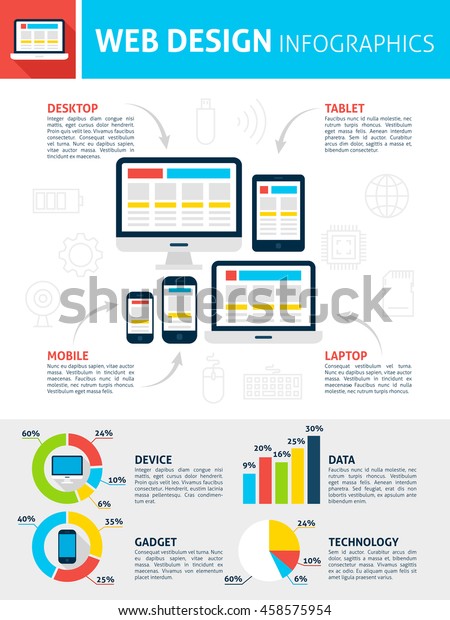Fascinated In Finding Out How Web Site Style Has Altered Over The Years? Discover The Progression From Fundamental, Straightforward Designs To User-Centered Methods That Prioritize The Requirements And Preferences Of Online Visitors
Fascinated In Finding Out How Web Site Style Has Altered Over The Years? Discover The Progression From Fundamental, Straightforward Designs To User-Centered Methods That Prioritize The Requirements And Preferences Of Online Visitors
Blog Article
Authored By-Johansen Dodson
In the past, internet sites were basic and concentrated on information. Navigation was direct, and design was for desktops. Now, individual experience is vital. Information guides layouts for simple navigating. Responsive formats suit different tools. Today, dark setting minimizes strain, and minimalist menus boost navigation. Interactive features involve individuals, and vibrant visuals stand apart. AI combination boosts interaction. See exactly how design has actually progressed to improve your online trip.
Very Early Days of Website Design
In the early days of web design, simpleness reigned supreme. Web sites were standard, with minimal shades, typefaces, and layouts. The focus got on supplying info instead of showy visuals. Customers accessed the internet via slow dial-up links, so rate and performance were crucial.
Navigating food selections were straightforward, usually located at the top or side of the web page. Websites were created for desktop computers, as mobile surfing had not been yet common. Web content was king, and designers prioritized simple readability over complex design components.
HTML was the key coding language used, and designers had to function within its restraints. Animations and interactive features were minimal compared to today's criteria. website content development were fixed, with little dynamic web content or personalized user experiences.
Increase of User-Focused Design
With the advancement of web site layout, a change towards user-focused design principles has actually come to be significantly famous. Today, producing sites that prioritize user experience is crucial for engaging visitors and accomplishing business goals. User-focused style involves recognizing the requirements, preferences, and behaviors of your target market to tailor the website's design, material, and includes as necessary.
additional reading perform detailed research, such as user studies and functionality testing, to gather understandings and comments directly from users. This data-driven technique assists in creating intuitive navigation, clear calls-to-action, and aesthetically attractive user interfaces that resonate with site visitors. By putting the customer at the facility of the design procedure, web sites can supply an extra customized and delightful experience.
https://what-are-seo-plugins62738.blogofchange.com/30392592/boost-your-visibility-online-by-selecting-the-excellent-regional-seo-business-for-your-company-discover-just-how-to-select-the-most-effective-alternative has actually also become a vital element of user-focused style, guaranteeing that sites are maximized for different tools and display sizes. This flexibility improves accessibility and use, accommodating the diverse methods users communicate with internet sites today. Essentially, the increase of user-focused design symbolizes a change towards producing digital experiences that prioritize the demands and expectations of the end individual.
Modern Trends in Web Design
Explore the latest trends shaping website design today. One prominent fad is dark mode design, using a streamlined and modern-day appearance while lowering eye stress in low-light atmospheres. Another key trend is minimalist navigation, streamlining menus and boosting customer experience by concentrating on essential elements. Including micro-interactions, such as computer animated buttons or scrolling results, can create a much more engaging and interactive web site. Responsive style remains crucial, guaranteeing seamless customer experiences throughout various tools. In addition, utilizing vibrant typography and asymmetrical designs can add visual interest and accentuate details content.
Incorporating AI innovation, like chatbots for consumer support or tailored recommendations, boosts individual interaction and improves procedures. Accessibility has likewise end up being a significant fad, with developers focusing on comprehensive layout methods to satisfy varied individual needs. Accepting sustainability by optimizing site performance for speed and effectiveness is an additional emerging trend in website design. Collaborating with user comments and information analytics to iterate and enhance design constantly is crucial for staying pertinent in the ever-evolving electronic landscape. By accepting these modern patterns, you can create a visually attractive, straightforward site that reverberates with your audience.
Conclusion
As you assess the development of internet site design from the very early days to currently, you can see how user-focused design has come to be the driving force behind modern trends.
Embrace the journey of modification and adjustment in web design, always maintaining the individual experience at the center.
Stay existing with the most up to date trends and innovations, and never quit developing your method to develop aesthetically sensational and easy to use websites.
Progress, adapt, and produce - the future of website design is in your hands.
